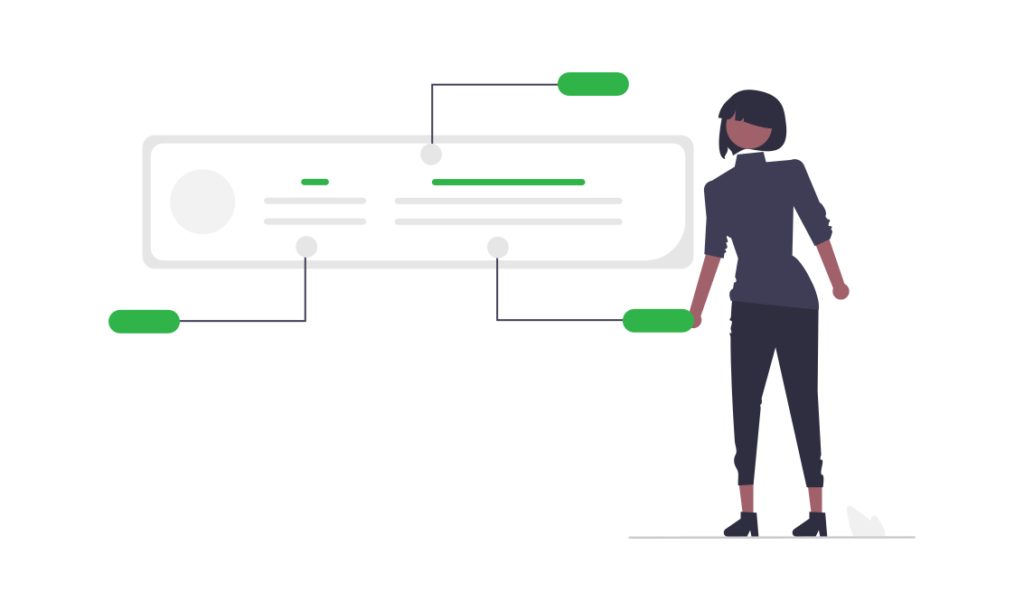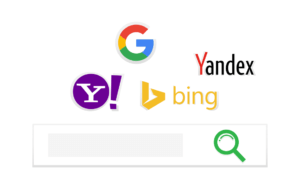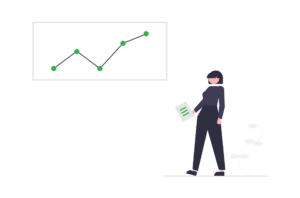At some point in your paid media journey, you may eventually find yourself contemplating whether or not you should try using Maximize Clicks, a fully-automated bidding strategy with a pretty self-explanatory name. Your thinking may be that you want to capture as many clicks as possible, and Max Clicks sounds like it fits the bill. Yet just below it is a more complicated and mysterious bidding strategy called Target Impression Share, which sounds too fancy to be ignored.
So now onto the choice you didn’t know you needed to make: Target Impression Share vs Maximize Clicks.
Why is Max Clicks a bad bidding strategy?
Simply put, Max Clicks can sometimes burn through budget, raising your CPCs and CPAs. This is true of any new bidding strategy in the short term due to the learning phase, but Max Clicks is seems to be particularly aggressive in ad auctions. To put it another way, you probably won’t fail to spend your full budget if you’re running Max Clicks – Google will find a way to spend that money.
This is particularly concerning since this bid strategy doesn’t have an underlying goal of getting you conversions at a certain volume or CPA. You’re able to place a limit on the CPC you want within this campaign, but even this has proven less effective than a proper implementation of tIS.
Why is Target Impression Share better than Max Clicks?
The key to understanding why tIS is a better choice is to reframe the way you’re thinking about your strategy. If, for example, you’re wanting to use Max Clicks on a campaign that is targeting your branded terms, then it makes sense to think that you want as many of those clicks as possible. However, due to the aggressive nature of Max Clicks, this often ends up being a very inefficient approach.
It’s also common to find that your Impression Share is actually much lower than what you want for the terms you’re going after. If Max Clicks overpays on the first few clicks in the morning, then you’re out of the running for the rest of the day.
If you reframe it as, “I want to show up for at least 90% of my brand searches, but I want to keep my CPCs within reason.” then you start to see why tIS might be a better fit for capturing high-value traffic or playing defense on your own brand.
Target Impression Share lets you control the percentage of searches you want to show up for, and the Max CPC that you’re willing to pay. This gives you another control mechanism that tells Google not to blow your budget on the first few clicks. I don’t mean to personify the bidding strategies too much, but that seems to help taper Google’s aggressiveness in the ad auctions, and makes your budget go further.

How do you set up Target Impression Share?
A quick and easy way to set up Target Impression Share (tIS) for one of your campaigns is to look at the average CPC for your target keywords and set that as your Max CPC limit. Then add in the target Impression Share, which you should keep somewhere at or above 80%. Give the campaign 5-7 days to complete the learning phase and then let it collect data.
Target Impression Share Tweaks & Ideas
If the campaign is doing well after 2 weeks (as in, lower CPA than you were seeing before), consider raising the impression share to get more of that traffic. If that doesn’t change anything after a week or so, you could consider raising your Max CPC limit.
If you aren’t getting as much volume as you want or performance is worse than before, consider lowering your Max CPC to see if there is a cache of less-expensive clicks that you can go after.
Also, never be afraid to revert back to your previous strategy if tIS continues to underperform – sometimes other things just work better, and there’s no reason you shouldn’t lean into that (just make sure you try figuring out WHY the old strategy works better!).
Schedule a Free Consultation
If you still have questions about Max Clicks vs tIS, or any other PPC campaign management concerns, our team is here to assist.
Reach out to schedule a free initial consultation.
But first, feel free to see what our clients have to say about us.


